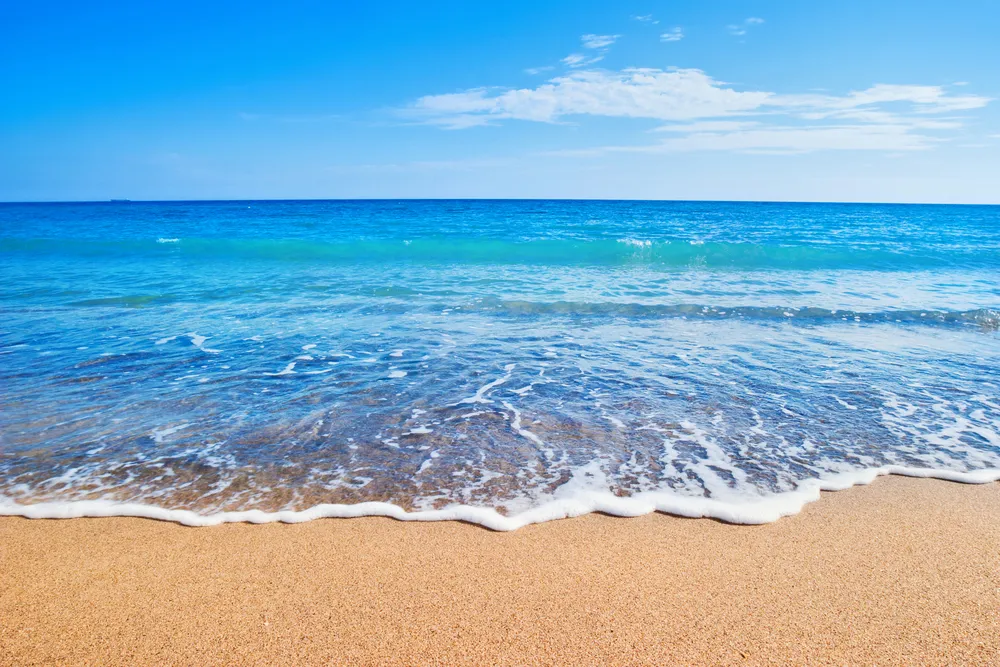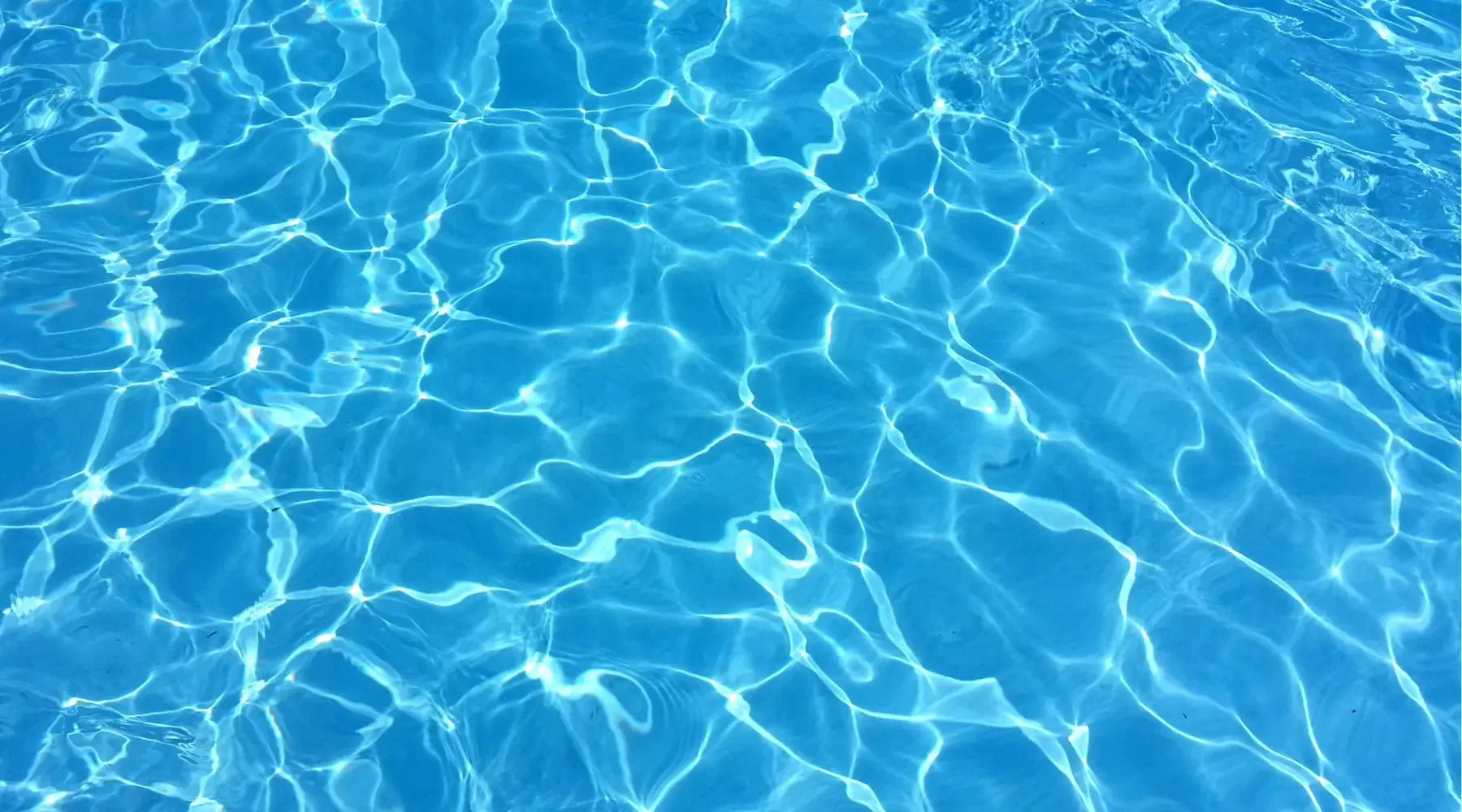Today marks the 20th anniversary of my first post here. I can’t believe it has been that long. I started out hosting the blog on a spare PC in my office at work. Then, for a while, I hosted it at wordpress.com. Most recently, I’ve self-hosted it in the cloud. I tried two other blogging engines, Blosxom and B2Evolution (both of which still seem to be around) before settling on WordPress. I’ve gone through phases where I’ve posted entries almost daily, and I’ve had multi-year posting droughts, but typically, I fall somewhere in the middle of those two extremes. I use the blog to write about anything and everything that comes to mind. I don’t really care who reads it now, but someday, years down the road, I hope that it will still be around for my heirs to read and learn a little bit more about me. This brings up an interesting issue that I often think about: while older generations kept physical photos, diaries, letters, etc., my generation and younger generations tend to keep everything online, in the form of digital photos, social media, and blogs. Physical photos and letters can fade and disintegrate. Digital media has different issues. Case in point: if I were to stop paying my AWS and/or Cloudflare bills, this blog would just disappear. This is true of a lot of information on the internet, and it drives home the importance of including digital media as part of legacy and estate planning. It also underscores the important work that the Internet Archive is doing to preserve the history of the web.
Anyhow, it will be interesting to see if I am still posting here in another 20 years!

